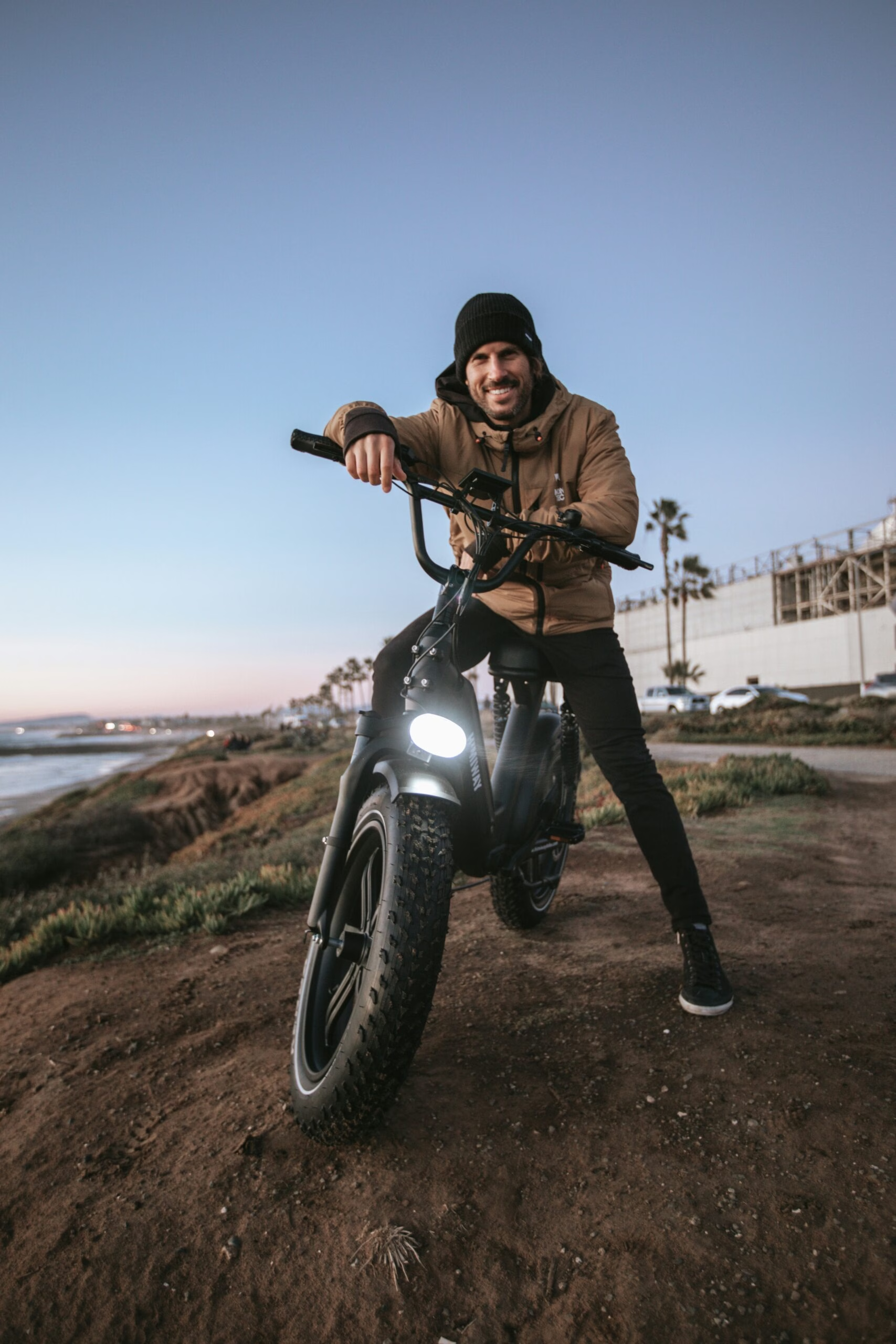The year gone by has been one of big changes for the electric mobility industry. Some big names were in trouble, and even more are heading for some. We expect even bigger market shifts in the coming year.
The year closed with KTM running into trouble thanks to a financial mess still unfolding as we write this. KTM has little to show in electric mobility, but even the pure electric guys did not have a remarkable year. Just weeks before KTM’s troubles came to light, Italian lifestyle electric brand Energica filed for bankruptcy. This was not difficult to forecast—throughout our publication history, we have raised the point that current electric technology is inadequate to meet the requirements of high-performance lifestyle motorcycles.
Even Zero and Livewire, the only lifestyle electric motorcycle manufacturers with solid financial backing, had unremarkable years. Livewire, which has public financials, incurred losses, while Zero had to resort to more fundraising.
The Swedish electric motorcycle manufacturer Cake filed for bankruptcy early in the year. Later, a Norwegian Toyota dealership group acquired the company’s assets and IPs for pennies on the dollar. We weren’t up then, so this was sadly never covered up or analyzed.
Damon’s public listing compounded the troubles for the Canadian developer of the Hypersport. Since the listing, the stock has crashed, Damon has a market cap of less than USD 20m, and Hypersport remains months and millions away from production.
But then, these are all first-world problems, and the E2W industry outside the developed geographies and lifestyle use cases had a buoyant year. The African rush to electrify BodaBodas makes the market exciting, and genuine needs are met with the right tech.
Things were even better in India, with E2W penetration reaching almost 20% for scooters. The biggest electric two-wheeler manufacturer, Ola Electric, managed a successful public listing in August 2024 and now enjoys a market cap of USD 4bn. The listing is important in the Indian market as it paves the way for start-ups in the electric mobility sector to tap the very healthy, though slightly overvalued, Indian stock markets.
As we write, Ather Energy, the oldest startup in India’s electric two-wheeler market, has also received approval to launch an IPO. The listing is likely to raise USD 350m.
Yet another electric mobility player, Greaves Electric (Ampere), has also sought approval to IPO in the Indian market. The IPO would provide partial exit and liquidity to investor Al-Futtaim.
This year was also one of change and learning for us. We started this journey in May 2024, and thanks to you, dear readers, we now have a passionate readership.
Towards the end of the year, InsightEV increased its publishing frequency from once a week to multiple times a week. Things are about to get even better.
Within the next few weeks, we plan to transition from Substack to a new website hosted on the Ghost platform. For most of you, it would not change the readership experience. For those who read us on the Substack app, this will cause inconvenience as we cease publishing on Substack. The move to a different platform aligns with our aims of publishing more frequently, presenting more information, and being the premium knowledge source for the electric mobility industry.
We also cleaned up our mailing list and removed a few thousand subscribers. These were subscribers who had not been reading InsightEV on their email regularly. An unloved email is junk. We value passionate readers more than flexing a large mailing list. While this has reduced the list by a few hundred subscribers, we are happy that InsightEV is the most-read news and analysis on the electric mobility industry with the most relevant readership.
Here is to an exciting 2025 for the electric mobility industry.
Insight EV tracks more than 220 electric mobility players and the world’s most important 2W markets. Connect with us on X at @editor_ev


